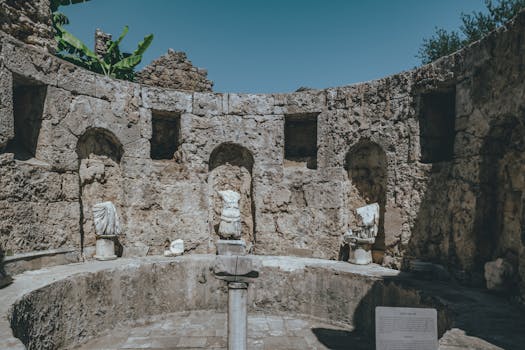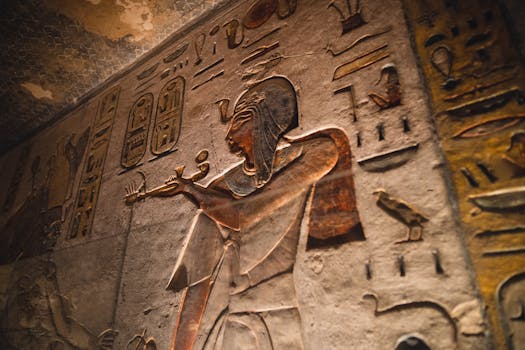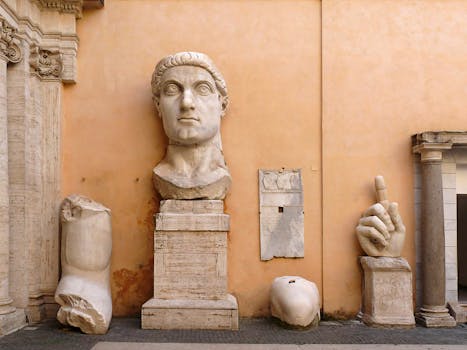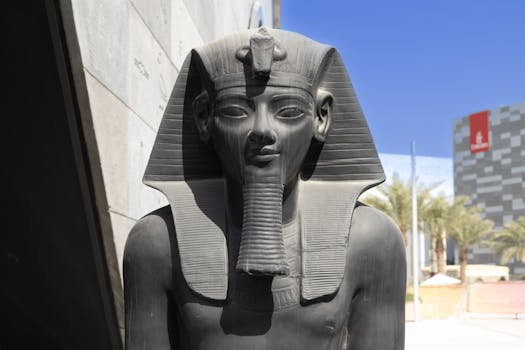
Unearthing the Past: A Journey Through Historical Artifacts from Ancient Civilizations
Takeaways: Historical artifacts offer a glimpse into the lives of ancient civilizations. They serve as critical links to our past, providing insights into cultural practices, daily life, and technological advancements. From pottery to monumental structures, each artifact tells a unique story that contributes to our understanding of human history.
Historical artifacts are tangible connections to the past, representing the cultural heritage of ancient civilizations. These objects, ranging from simple tools to intricate sculptures, provide invaluable insights into the lives, beliefs, and practices of people who lived thousands of years ago. In this article, we will explore some of the most significant artifacts from ancient civilizations, their historical context, and their impact on modern society.
The Importance of Historical Artifacts

For instance, pottery fragments can reveal information about trade routes, dietary habits, and technological advancements. The materials used, the styles of decoration, and even the shapes of the vessels can indicate the cultural influences that shaped a civilization. Similarly, tools and weapons provide insights into the technological capabilities and daily life of ancient peoples.
Moreover, artifacts contribute to our understanding of religious and spiritual practices. Statues, amulets, and ceremonial items often reflect the beliefs and values of a society, offering a glimpse into their worldview. For example, the intricate carvings on a statue of a deity can reveal the significance of that figure in the culture’s mythology and rituals.
Notable Artifacts from Ancient Civilizations

- The Rosetta Stone: Discovered in 1799, this granodiorite stele was key to deciphering Egyptian hieroglyphs. It features inscriptions in three scripts and has been instrumental in understanding ancient Egyptian language and culture.
- The Terracotta Army: Found in 1974 near the tomb of Qin Shi Huang, the first Emperor of China, this army of life-sized clay soldiers was created to accompany the emperor in the afterlife. Each figure is uniquely detailed, reflecting the artistry and craftsmanship of the time.
- The Parthenon Marbles: A collection of classical Greek marble sculptures that adorned the Parthenon in Athens. These artifacts are significant for their artistic merit and historical context, representing the height of ancient Greek art and architecture.
- The Dead Sea Scrolls: Discovered in the Qumran Caves, these ancient Jewish texts are crucial for understanding the historical context of the Hebrew Bible and early Judaism.
- The Code of Hammurabi: An ancient Babylonian law code inscribed on a stone stele, it is one of the earliest and most complete written legal codes in history, providing insights into the values and norms of ancient Mesopotamian society.
These artifacts not only showcase the artistic and technological achievements of their respective cultures but also serve as critical tools for understanding the complexities of human history.
Preserving Our Heritage

In addition to physical preservation, digital technologies are also transforming how we engage with historical artifacts. Virtual reality, 3D scanning, and online databases are making these treasures more accessible to the public, allowing people around the world to explore ancient civilizations without the need for travel.
Moreover, the study of artifacts can promote cultural understanding and appreciation. By recognizing the achievements and struggles of ancient civilizations, we can foster a greater respect for cultural diversity and historical context in our modern society.
Conclusion



